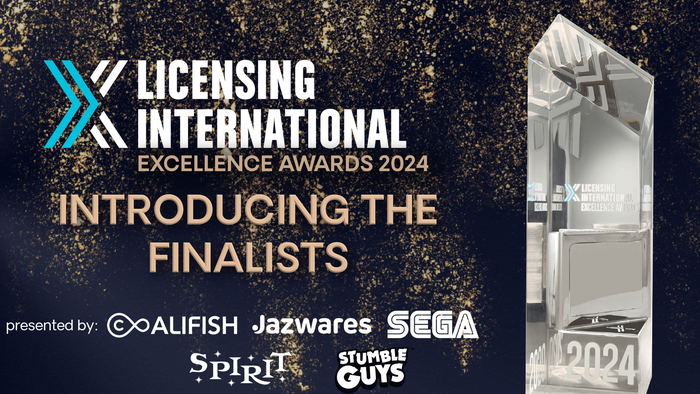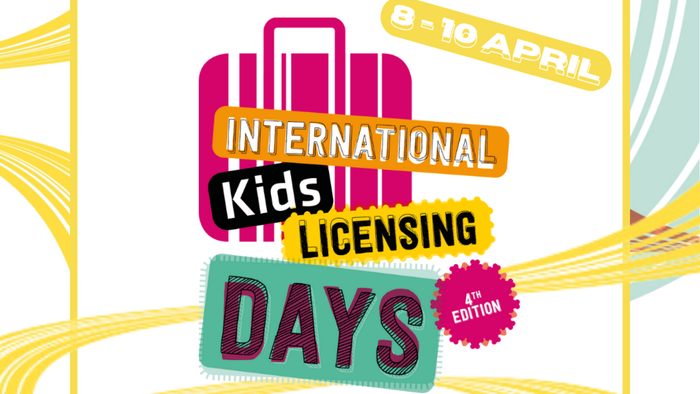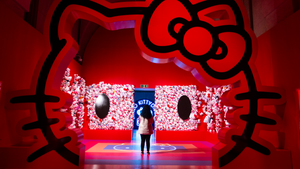Licensing Events
The latest licensing events news from across the industry of licensed consumer products.
Matthieu Battini, sales director, EMEA, Global Licensing Group
Licensing Events
France Licensing Day Returns to Paris in JuneFrance Licensing Day Returns to Paris in June
Following a successful launch in 2023, France Licensing Day & Licensing International Awards, a collaboration between Informa’s Global Licensing Group and Licensing International France, returns to Paris in June. Here, License Global speaks to Matthieu Battini, sales director, EMEA, Global Licensing Group, to learn more about this year’s event.
byIan Hart
Subscribe and receive the latest news from the industry Article
Join 62,000+ members. Yes, it's completely free.

















